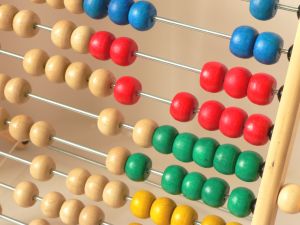Overview Section

In the previous lesson, we learned that the classical approach to assigning probability to an event involves determining the number of elements in the event and the sample space. There are many situations in which it would be too difficult and/or too tedious to list all of the possible outcomes in a sample space. In this lesson, we will learn various ways of counting the number of elements in a sample space without actually having to identify the specific outcomes. The specific counting techniques we will explore include the multiplication rule, permutations and combinations.
Objectives
Upon completion of this lesson, you should be able to:
- Understand and be able to apply the multiplication principle.
- Understand how to count objects when the objects are sampled with replacement.
- Understand how to count objects when the objects are sampled without replacement.
- Understand and be able to use the permutation formula to count the number of ordered arrangements of \(n\) objects taken \(n\) at a time.
- Understand and be able to use the permutation formula to count the number of ordered arrangements of \(n\) objects taken \(r\) at a time.
- Understand and be able to use the combination formula to count the number of unordered subsets of \(r\) objects taken from \(n\) objects.
- Understand and be able to use the combination formula to count the number of distinguishable permutations of \(n\) objects, in which \(r\) are of the objects are of one type and \(n-r\) are of another type.
- Understand and be able to count the number of distinguishable permutations of \(n\) objects, when the objects are of more than two types.
- Learn to apply the techniques learned in the lesson to new counting problems.